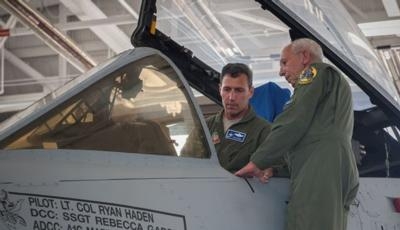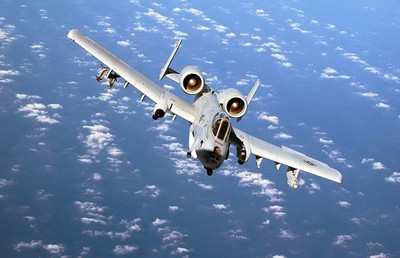CAREing for your flight
We know how to check out the airplane that we will be flying to see if it is airworthy and we have some requirements as pilots that help make our Go / No Go decision but how do we monitor the progress and safety of our flight once in the air? We do this by using the acronym C.A.R.E.
C = Consequences. A flight, regardless of the distance, is in a constant state of change. To be safe, pilots must decide what impact these changes are having on the safety of the flight. Let us discuss some of the variables and their possible impact on the flight.
Has the airplane been operating normally? Have you noticed if the engine is running a little rough or is the oil temperature running a little warmer than normal? These are things that can creep up on you unexpectedly that could change the outcome of the flight. Are the winds aloft doing what you expected? If your ground speed is higher than you expected that is OK but lower then planned could cause issues with fuel. Also, as the airplane burns fuel you may see a change in the center of gravity. During a long flight it is possible in some airplanes to shift the center of gravity out of the acceptable range just by burning too much fuel for the given loading.
A = Alternatives. During your flight planning you became familiar with the location and types of airports along your route, right? You are tracking your progress along the ground and adjusting your back up plan based on location and situation, aren't you? One of the easiest ways to remain safe and relatively stress free is to have alternatives. It doesn't need to be an elaborate plan or be all consuming during your flight but understanding what your options are at any given point will help the decision making process when the time comes. What do you do if the weather turns bad? Where can I stop for fuel if the need arises? What local airports are suitable for an alternate in case of an emergency? These are all things that should be on your mind during the entire flight.
R = Reality. When things do start to change for the worse, you need to not only recognize that fact but you need to accept it. Hmmm, is it taking longer to reach my checkpoints? Maybe I should land for more fuel. Am I getting tired? Maybe I should land and take a break, grab some food or go for a walk. The fact is, a large number of experienced pilots find themselves is bad spots because they ignored the worsening weather, fuel gauge or their own body.
E = External Pressures. Get there itis will kill you, period. The romantic getaway that you promised to your spouse, business meeting, wedding or anything else you can think of is not as important as getting to your destination alive. Make your personal minimum list, share it with others while explaining what each item means and then stick to it. If the people that rely on you understand why you make the decisions that you do, it should help take the pressure off when things don't go as planned.
Flying is supposed to be fun as well as useful. Don't let complacency, outside pressures or a lack of attention turn a wonderful experience in to a tragic event.






